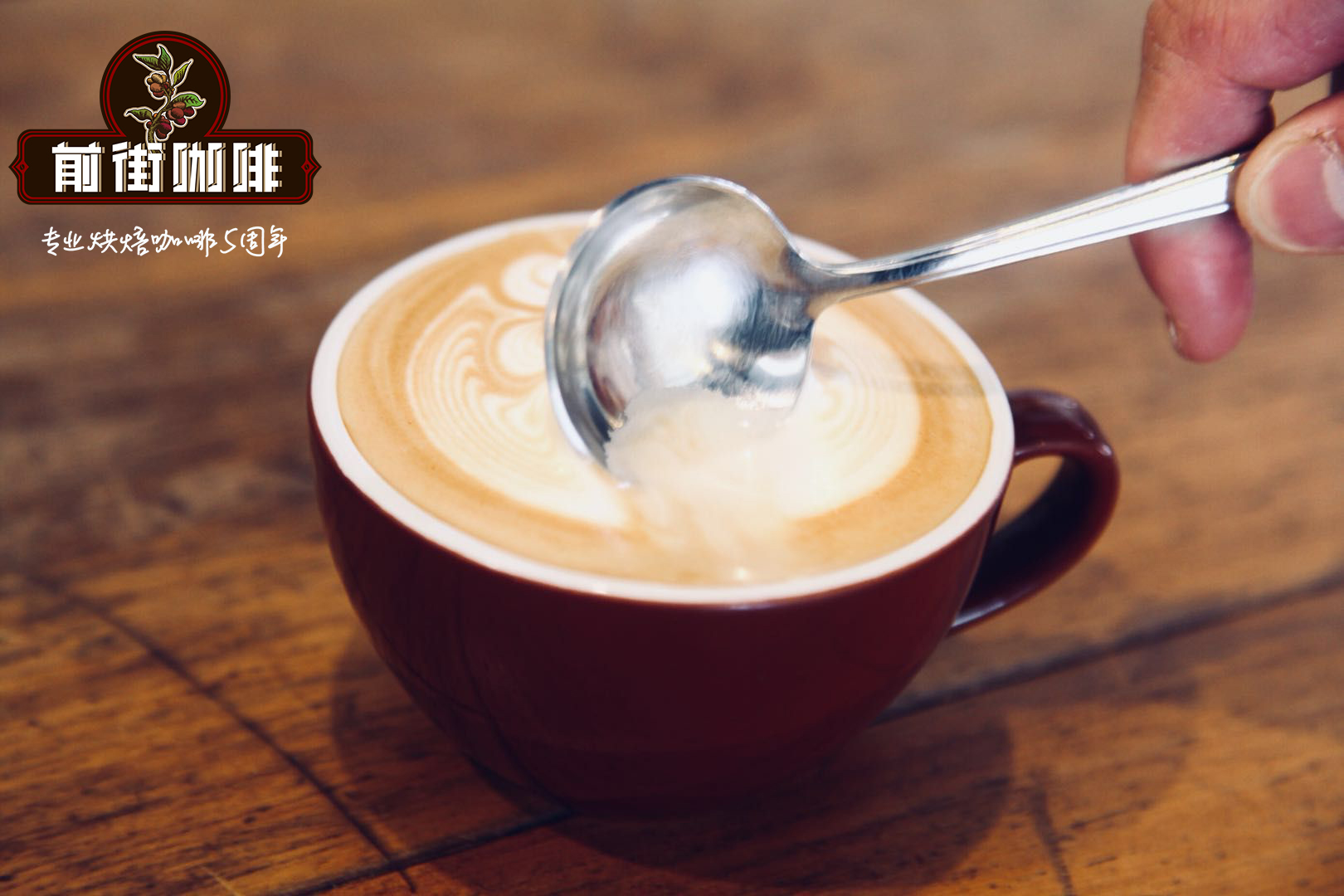Is the Guatemalan coffee good? the story of Guatemalan coffee.

Professional coffee knowledge exchange more coffee bean information please follow the coffee workshop (Wechat official account cafe_style)
Coffee has been driving Guatemala's economic development for more than a hundred years. Today, an estimated 125000 coffee producers drive Guatemala's coffee industry, and coffee remains one of Guatemala's main exports, accounting for 40 per cent of the country's total agricultural export earnings.
It is likely that Jesuit missionaries introduced coffee to Guatemala, where coffee was grown as early as the mid-18th century. Nevertheless, like neighboring El Salvador, coffee did not become an important export crop until the advent of synthetic dyes and the industrialization of the textile industry in the mid-19th century. In the second half of the 1800s, various government programs sought to promote coffee to stimulate the economy, including a large-scale land privatization program by President Justo Rufino Baria in 1871, which led to the creation of large cafes, many of which still produce some of Guatemala's best coffee.
Today, 20 of Guatemala's 22 provinces grow coffee, covering an area of about 270000 hectares, almost all of which (98 per cent) are grown in the shade of trees. The country's products are almost all Arabica, the most commonly used is water washing, although natural and various semi-washing methods are becoming more and more popular, and the samples produced are getting better and better.
Guatemala benefits from high elevations and up to 300 unique microclimates. There is continuous rainfall in most areas and mineral-rich soils. However, while China's reputation as a professional coffee producer still stands today, this road is not easy. Guatemala's long and bloody civil war (1960-1996) disrupted the lives of millions, eroded the economy, exacerbated poverty and created social and political instability that still afflicts the country. It was not until the turn of the century that coffee production really stabilized and began to increase, replacing macadamia nuts and avocados in many areas.
END
Important Notice :
前街咖啡 FrontStreet Coffee has moved to new addredd:
FrontStreet Coffee Address: 315,Donghua East Road,GuangZhou
Tel:020 38364473
- Prev

The advantages and disadvantages of decaf what is the difference between decaf and ordinary coffee?
Professional coffee knowledge exchange more coffee bean information please follow the coffee workshop (Wechat official account cafe_style) what is decaffeinated coffee and how decaffeinated coffee I know that decaffeinated coffee goes through some kind of decaffeinated process. Maybe there's some caffeine left, maybe more than I thought? After a short search, I realized that I couldn't be the only one
- Next

Why do stars drink iced American coffee? how does American coffee taste? does American coffee taste good?
Professional coffee knowledge exchange more information about coffee beans Please follow the coffee workshop (Wechat official account cafe_style) how does American coffee taste? Even if the key ingredient of American coffee is espresso, don't expect it to be like espresso. Because it is diluted by hot water, you are losing some of the effects of rich and bold caffeine found in espresso. Although the American style
Related
- Beginners will see the "Coffee pull flower" guide!
- What is the difference between ice blog purified milk and ordinary milk coffee?
- Why is the Philippines the largest producer of crops in Liberia?
- For coffee extraction, should the fine powder be retained?
- How does extracted espresso fill pressed powder? How much strength does it take to press the powder?
- How to make jasmine cold extract coffee? Is the jasmine + latte good?
- Will this little toy really make the coffee taste better? How does Lily Drip affect coffee extraction?
- Will the action of slapping the filter cup also affect coffee extraction?
- What's the difference between powder-to-water ratio and powder-to-liquid ratio?
- What is the Ethiopian local species? What does it have to do with Heirloom native species?

